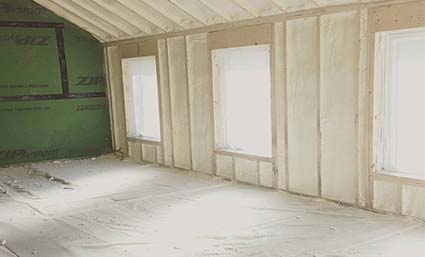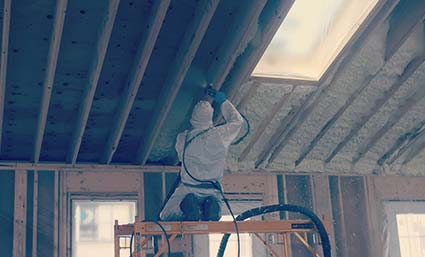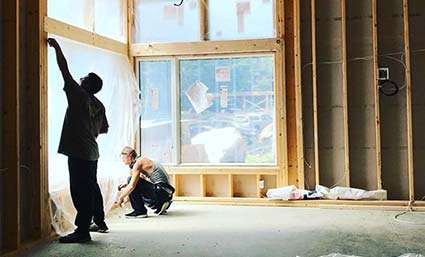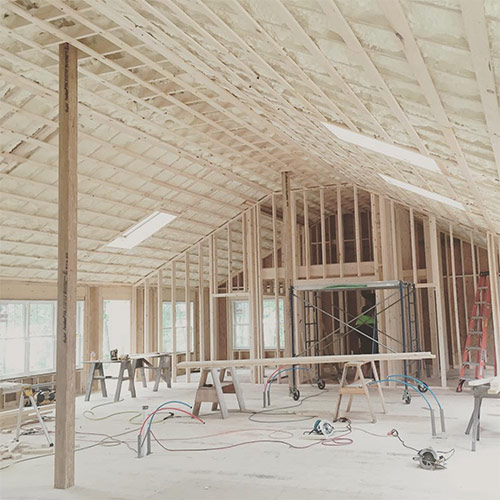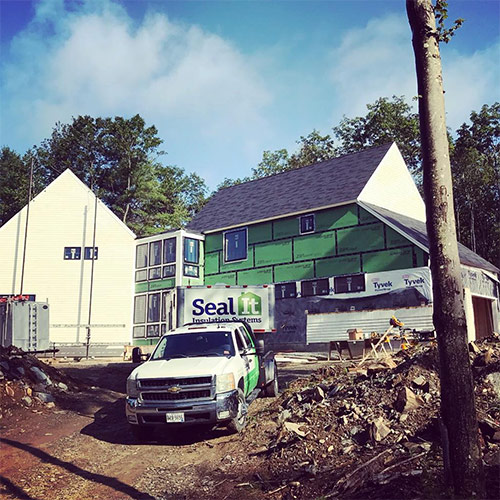Radiant floor heating is a method of warming up your home that has grown in popularity over the years. It’s a system that delivers heat directly from the floor and offers numerous benefits, such as energy efficiency, uniform heating, and improved air quality.
But to maximize these benefits, it’s crucial to consider one key factor: insulation.
Understanding Radiant Floor Heating
Radiant floor heating works by pumping warm water through tubes or using electric heating cables or mats installed underneath the floor. This type of heating system warms up the floor surface, which then radiates heat upward into the room, providing comfortable and consistent warmth.
One of the main advantages of radiant floor heating is its energy efficiency. Since it heats from the ground up and uses relatively low-temperature water, it can be more efficient than traditional forced-air systems, which tend to lose heat through ducts.
The Role of Insulation in Radiant Floor Heating
Insulation plays a critical role in any heating system, including radiant floor heating. It helps prevent heat loss, ensuring that the heat produced by the system stays within your home. Without adequate insulation, much of the heat generated by your radiant floor could be wasted, seeping into the ground or the unheated spaces below. This not only decreases the effectiveness of your heating system but also increases your energy bills.
4 Different Types of Insulation for Radiant Floors
There are several types of insulation materials suitable for radiant floor heating, each with its own advantages and disadvantages.
1. Polystyrene Insulation
Polystyrene insulation is widely used due to its excellent thermal performance and moisture resistance. It comes in two forms: expanded (EPS) and extruded (XPS). While EPS is less expensive, XPS offers a higher R-value (a measure of thermal resistance) per inch.
2. Polyurethane Insulation
Polyurethane insulation provides high thermal resistance and is very effective in space-limited situations. However, it’s more expensive than other types and may not be the best choice for budget-conscious homeowners.
3. Fiberglass Insulation
Fiberglass is a common insulation material that’s relatively inexpensive and easy to install. However, it can retain moisture, which can reduce its effectiveness as an insulator and potentially lead to mold issues.
4. Mineral Wool Insulation
Mineral wool insulation offers excellent fire resistance and soundproofing properties. It’s also resistant to mold and mildew. However, it’s more expensive than fiberglass and can be harder to install due to its rigidity.
How to Choose the Right Insulation for Your Radiant Floor
Choosing the right insulation for your radiant floor heating system depends on several factors. These include the R-value you need, your budget, the installation process, and the environmental impact of the insulation material.
Remember, the higher the R-value, the better the material insulates. Also, consider the long-term savings on energy bills when weighing the cost of insulation. Lastly, consult with a professional to ensure the insulation is installed correctly, as improper installation can significantly affect the performance of your heating system.
Proper insulation is crucial to maximize the benefits of radiant floor heating. By understanding the different types of insulation available and considering your specific needs and circumstances, you can select the best insulation for your radiant floor heating system. And remember, when in doubt, don’t hesitate to seek advice from professionals.
If you’re ready to learn whether your radiant floors could use insulation, get a free quote from Seal It Insulation Systems today!

